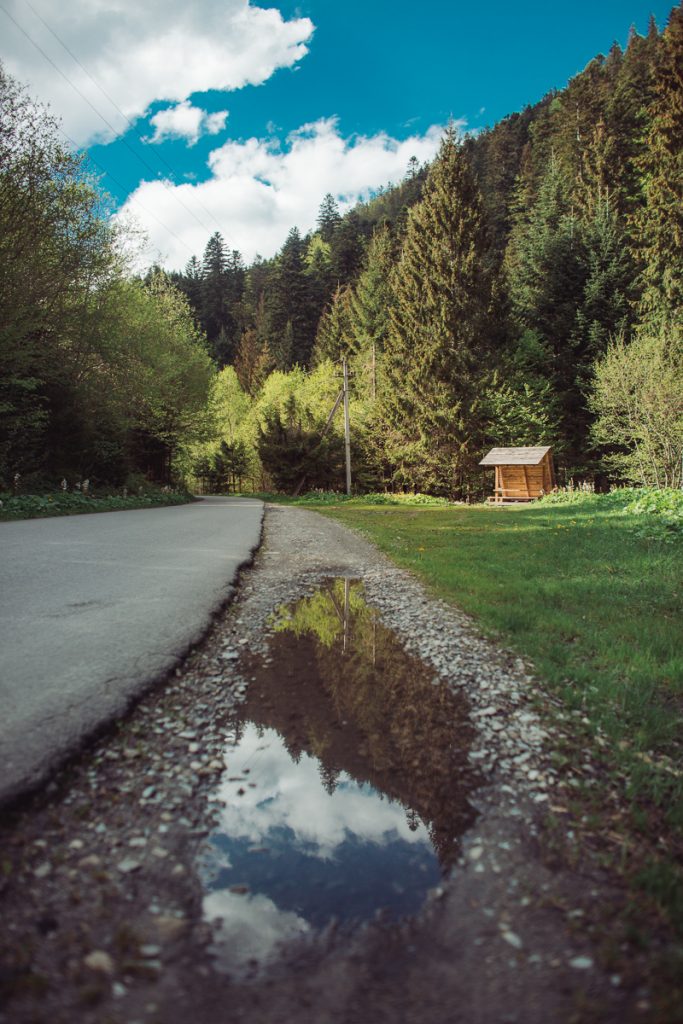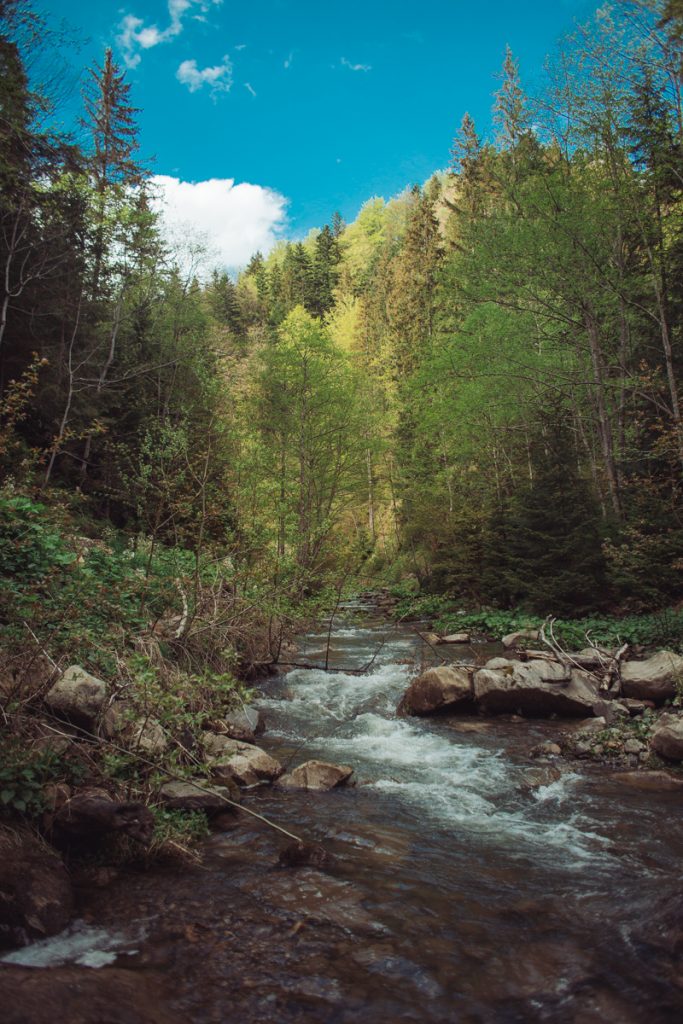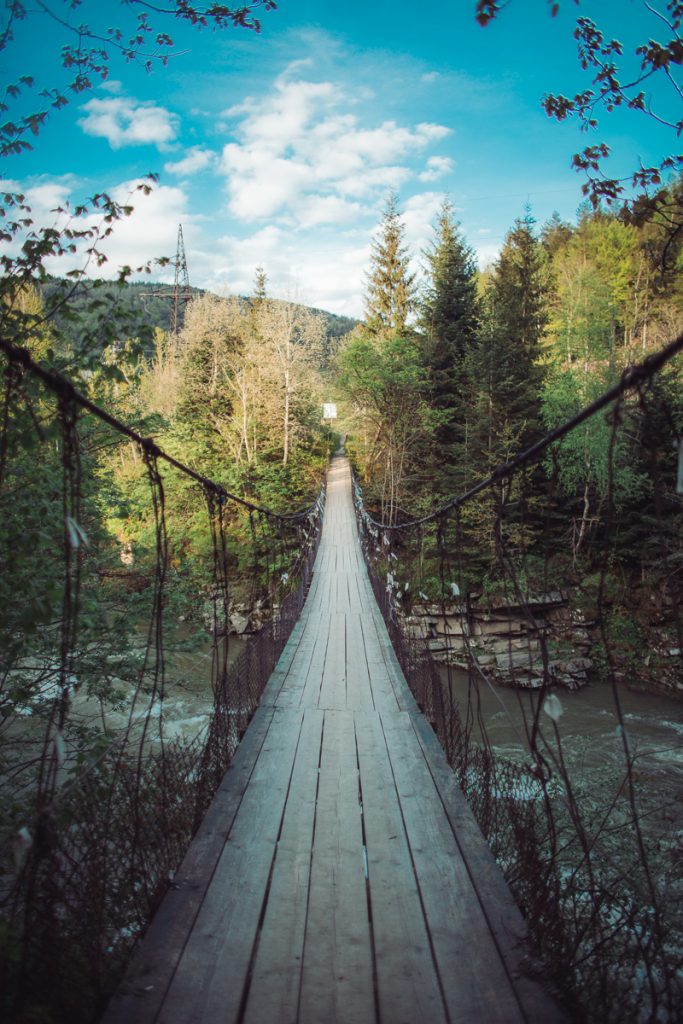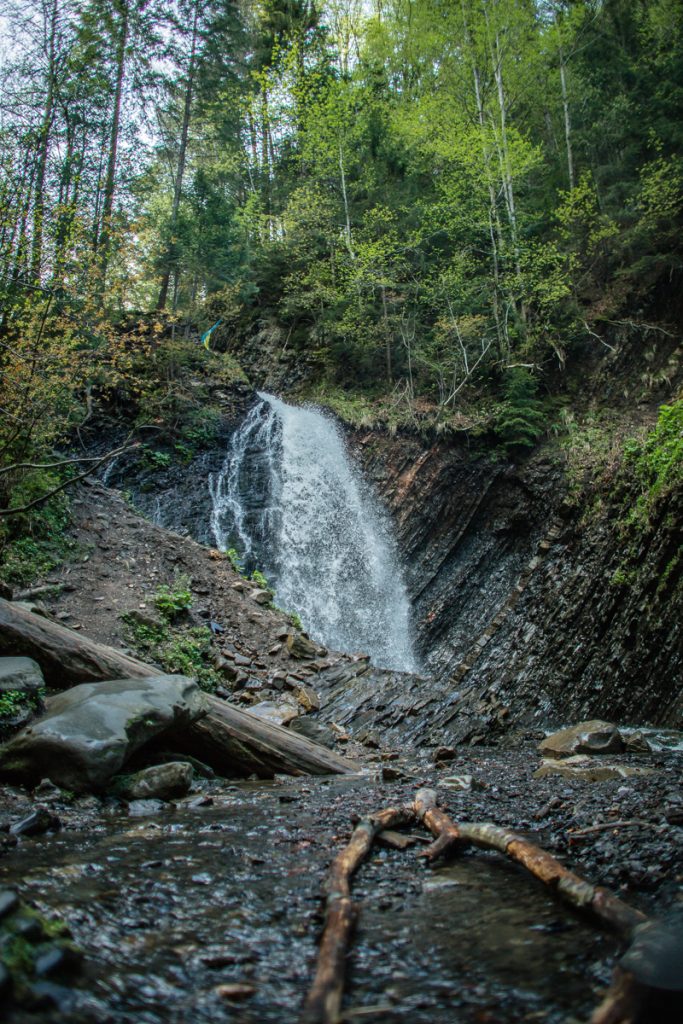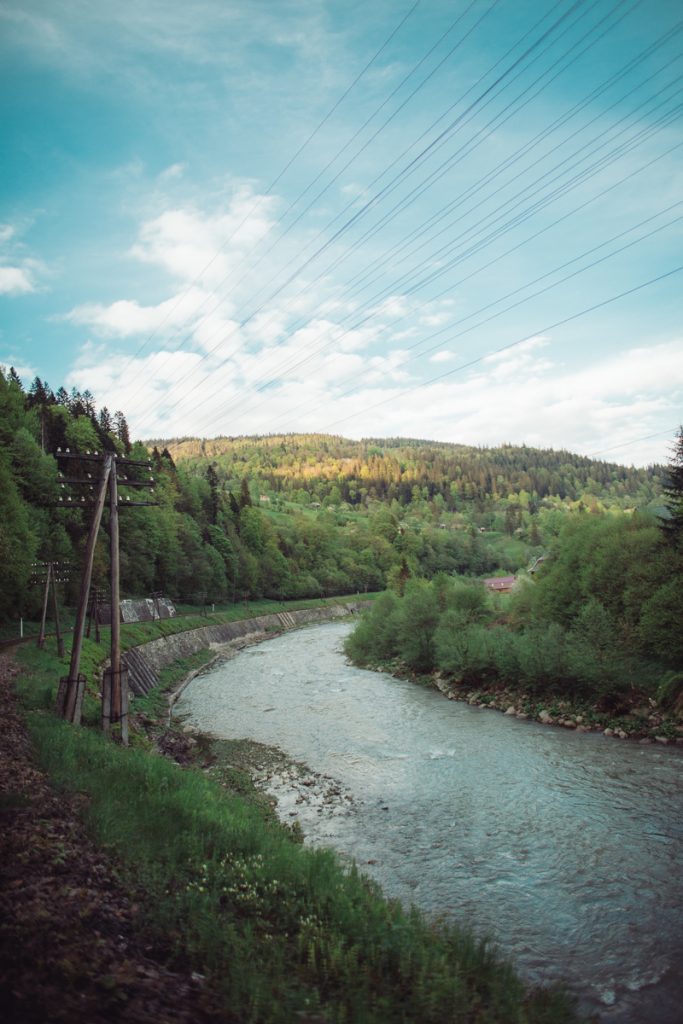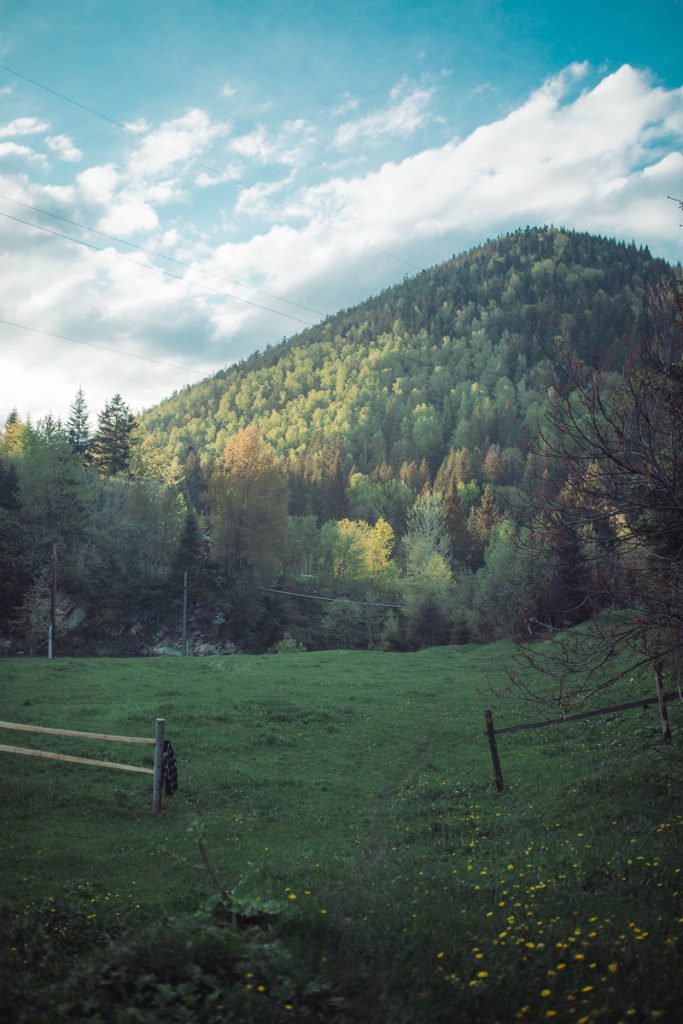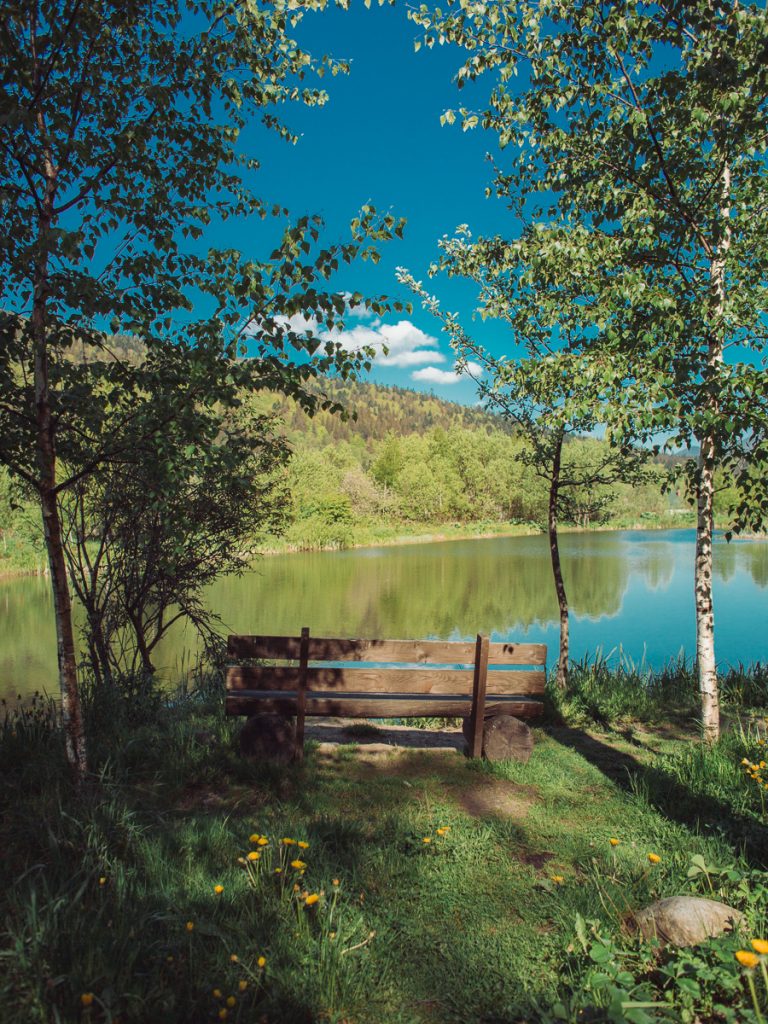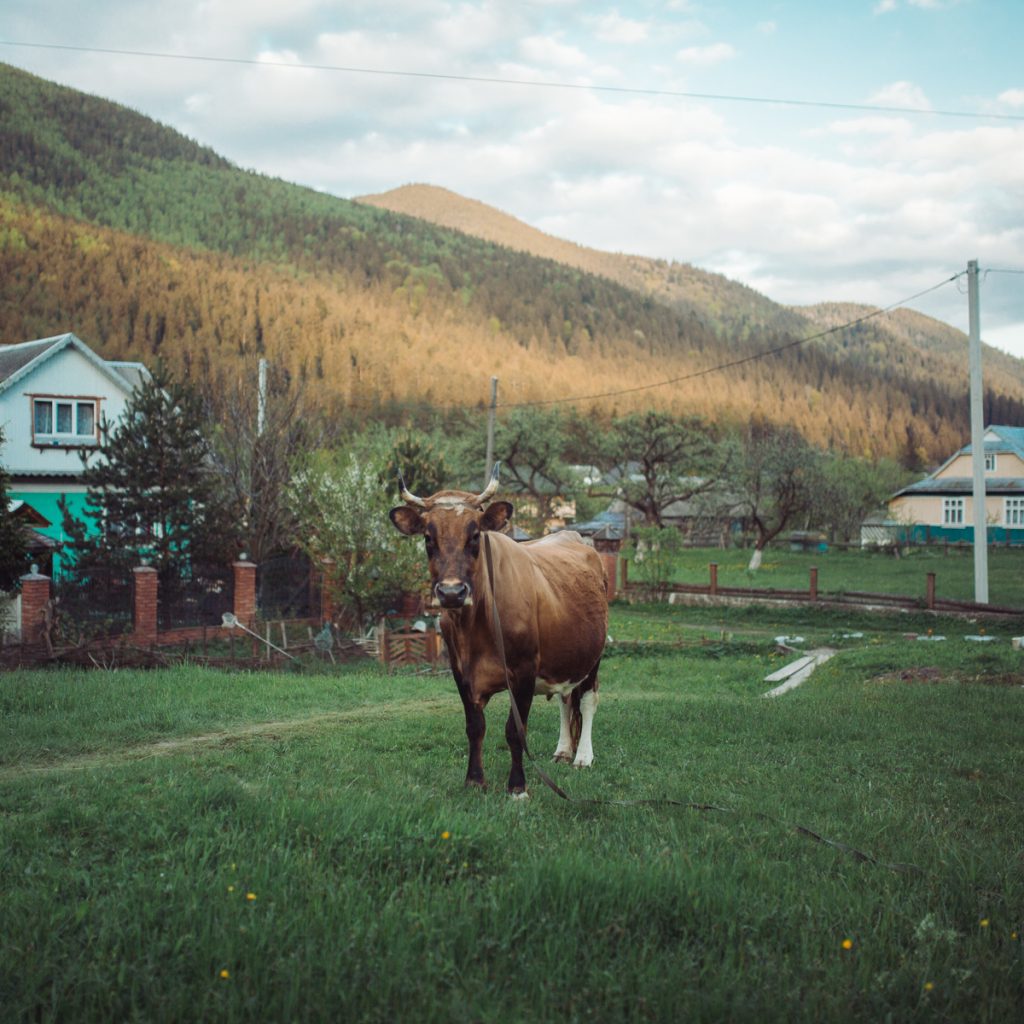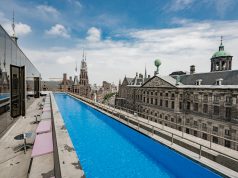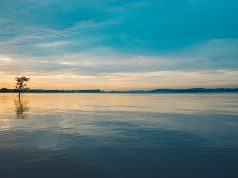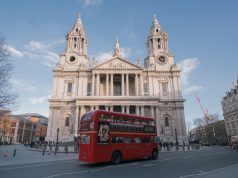It would be a shame to visit Ukraine and not spend a few days in the natural solitude of the Carpathian Mountains. After a visit to Kiev, Ivano Frankivsk and Lviv I booked myself a cosy little cottage through Airbnb and without prior planning dove into another adventure. Carpathians are the second-longest mountain range in Europe that stretch in an arc across the Czech Republic, Slovakia, Poland, Hungary, Ukraine, Romania and Serbia.
PART 1 // PART 2
Carpathian National Nature Park

The Carpathian National Nature Park (CNNP) is the first Ukrainian national park established in 1980 and is located on the north-eastern slope of the Ukrainian Carpathians. Forests within the CNNP are divided into 12 divisions, 2 of which are strictly protected. The Carpathian National Park plays an extensive role in protection of regional natural and cultural values. 600 hectares of spruce and beech primeval forests are protected here. CNNP flora includes over 1100 vascular plant species, 95 of which are red listed in Ukraine. Fauna of the park is represented by 192 vertebre species and 723 invertebrates. The most rare species are brown bear, lynx, wild cat and golden eagle.
One of the most interesting natural attractions of CNNP is Mt. Hoverla (2061m) which is the highest top of the Ukrainian Carpathians. The Prut river also takes origin here. There are 8 settlements within the park’s scope, all of them belong to the Hutsul Land – one of the most famous ethnographic regions of Ukraine. Traditional wooden churches built in XVII – XX centuries are preserved here to this day.

“Travel is fatal to prejudice, bigotry, and narrow-mindedness, and many of our people need it sorely on these accounts. Broad, wholesome, charitable views of men and things cannot be acquired by vegetating in one little corner of the earth all one’s lifetime.” – Mark Twain
Huk Waterfall

One of the most picturesque places I found during my hikes is the Huk Waterfall. It appeared after WWII as a result of severe flooding and local people have named it ‘Huk’ due to the constant roaring noise. The waterfall is a natural source of negative ions so staying here will have great benefits to your health as well as being a picturesque spot you can impress your Instagram friends with.
Because of the constant moisture caused by water drops, the area around the waterfall is characterised by rich vegetation and lots of slippery rocks so make sure you wear the right footwear and come prepared. A t-shirt won’t cut it, wear something warm and waterproof as you will be soaked in seconds and the closest town is a few miles away. If you are looking to explore the wilderness in the coming months I put together some useful tips that you can read below.
Be Prepared
To make your hiking adventure a pleasant experience, seasoned Carpathian hikers recommend you bring the following items:
- Comfortable, closed-toe shoes. Sandals and flip-flops are not suitable for mountains and not recommended on the trails
- Be ready for the highland sun: even if it’s not sunny right now, you better bring your hat, sunscreen and sunglasses
- Healthy, energy rich snacks such as granola / chocolate bars, bananas, apples and small sandwiches
- Fresh water, at least 1 litre per person
- A fully charged, reliable cell phone with account credit
- A good map of the area (hard copy) that indicates marked hiking trails and includes emergency contacts
- A sweatshirt, a windstopper / raincoat and a flashlight in case of drastic weather changes
- Hiking poles are recommended although not mandatory
National Park’s administration and non-governmental organisations that maintain the park and its sustainability outline the following rules:
- Stick to the trail. Please do not stray from the marked hiking and cycling paths. Fields and meadows within the cultivation zone are not to be walked on.
- Take your trash home. Rubbish in the national park is not just an eyesore; items such as cans and plastic packaging can also be deadly for wild animals.
- Only camp and make fire in designated camp sites. Making new campsites or fire rings is not allowed.
- Do not destroy the vegetation. All the plants in the national park are protected. This means that it is forbidden to pick flowers or rip off tree branches.
- Kill nothing but time. All the creatures that live in the national park are protected and may not be caught or killed. Do not damage their habitats.
- Respect all living species. Keep your voice calm and avoid shouting; when you see an animal, neither try to touch or chase it.
Thanks for reading my latest article. Give it a share using the links below and for more check out my trip to Malta or some of my latest street photography.

As always stay classy and if you have a story you wish to share please contact editorial@thestyledivision.com or tag your social posts with #DVSN





